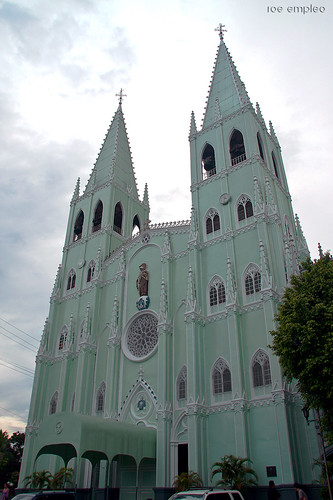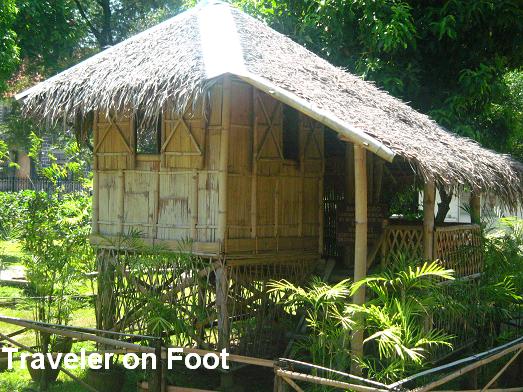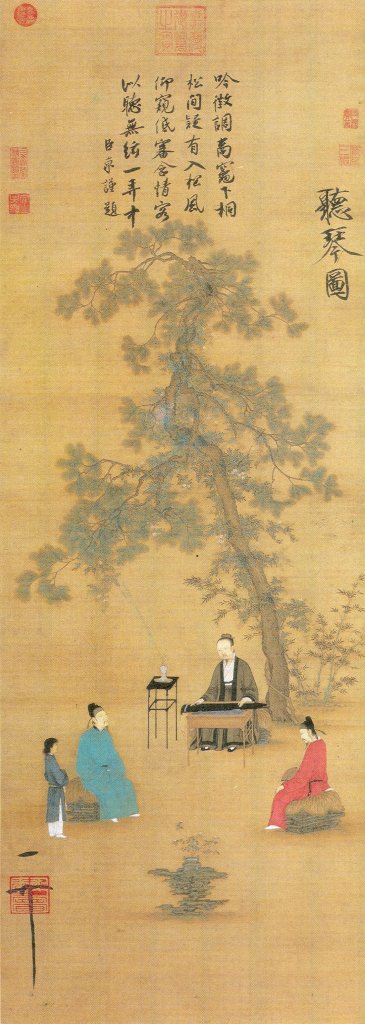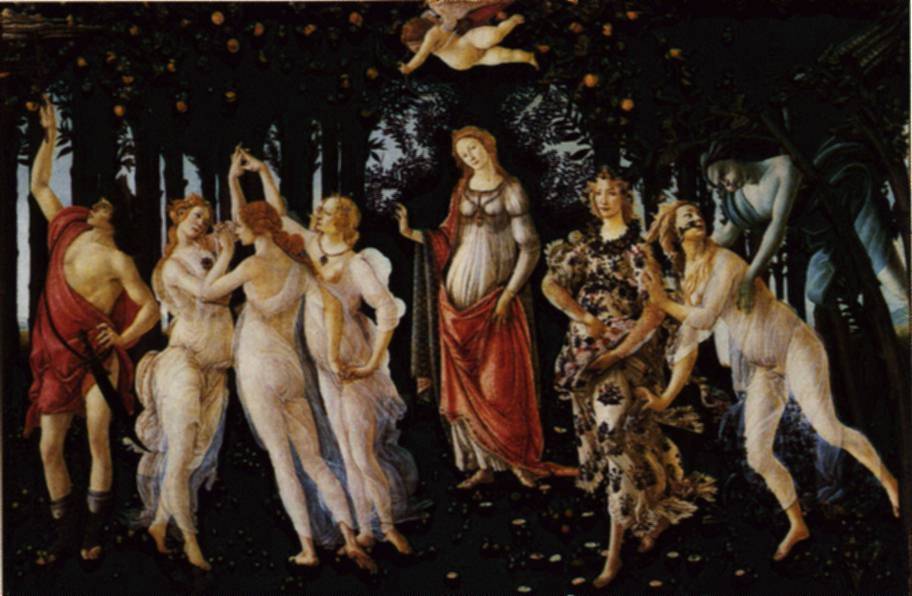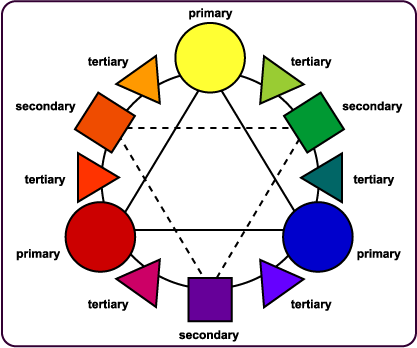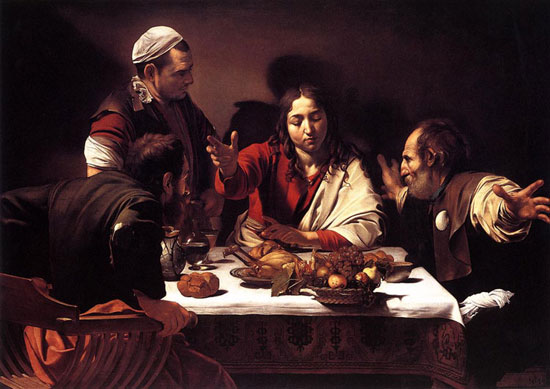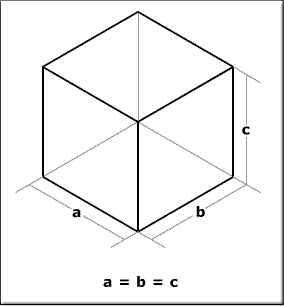Once a little boy was playing outdoors and found a fascinating caterpillar. He carefully picked it up and took it home to show his mother. He asked his mother if he could keep it, and she said he could if he would take good care of it.

The little boy got a large jar from his mother and put plants to eat, and a stick to climb on, in the jar. Every day he watched the caterpillar and brought it new plants to eat.
One day the caterpillar climbed up the stick and started acting strangely. The boy worriedly called his mother who came and understood that the caterpillar was creating a cocoon. The mother explained to the boy how the caterpillar was going to go through a metamorphosis and become a butterfly.

The little boy was thrilled to hear about the changes his caterpillar would go through. He watched every day, waiting for the butterfly to emerge. One day it happened, a small hole appeared in the cocoon and the butterfly started to struggle to come out.
At first the boy was excited, but soon he became concerned. The butterfly was struggling so hard to get out! It looked like it couldn’t break free! It looked desperate! It looked like it was making no progress!

The boy was so concerned he decided to help. He ran to get scissors, and then walked back (because he had learned not to run with scissors…). He snipped the cocoon to make the hole bigger and the butterfly quickly emerged!
As the butterfly came out the boy was surprised. It had a swollen body and small, shriveled wings. He continued to watch the butterfly expecting that, at any moment, the wings would dry out, enlarge and expand to support the swollen body. He knew that in time the body would shrink and the butterfly’s wings would expand.
But neither happened!

The butterfly spent the rest of its life crawling around with a swollen body and shriveled wings.
It never was able to fly…
As the boy tried to figure out what had gone wrong his mother took him to talk to a scientist from a local college. He learned that the butterfly was SUPPOSED to struggle. In fact, the butterfly’s struggle to push its way through the tiny opening of the cocoon pushes the fluid out of its body and into its wings. Without the struggle, the butterfly would never, ever fly. The boy’s good intentions hurt the butterfly.

